Pineapple is a highly profitable agricultural product and is grown year-round, from North to South. Vietnam has more than 47,000 hectares of pineapple, ranking third among the countries with the most pineapples in Southeast Asia.

Dry pineapple fibers in the sun after pressing and separating them roughly from mechanical machines.
Photo: NVCC
After harvesting, pandan leaves become a type of agricultural "waste" that is difficult to handle and requires a lot of effort because they are tough, hard and have many thorns. For a long time, farmers often have to hire milling machines to dry the leaves quickly or spray herbicides to burn the leaves and then burn them. About 2.5 million tons of pandan leaves become waste each year, emitting an estimated amount of CO2 of about 1,355 kg for each ton of pandan leaves burned.
Turning trash into natural clothing materials
The pineapple leaf fields in her hometown of Thanh Hoa became the problem for Ms. Vu Thi Lieu to start her business with Ecosoi in 2021. The female master of environmental science and her colleagues began their journey of researching how to turn waste into garment materials with the first handmade product being pineapple fiber. However, Ms. Lieu said that when she introduced pineapple fiber for sale, everyone praised it but did not buy it because... they did not know what to use it for. Ecosoi continued to spin the fiber into yarn but still could not sell it, so she had to research weaving pineapple fiber into pineapple fabric. Thanks to the support of Vietnamese sustainable fashion designers, the raw pineapple fabric in the early days was shown in Europe, Japan... and made an international splash.
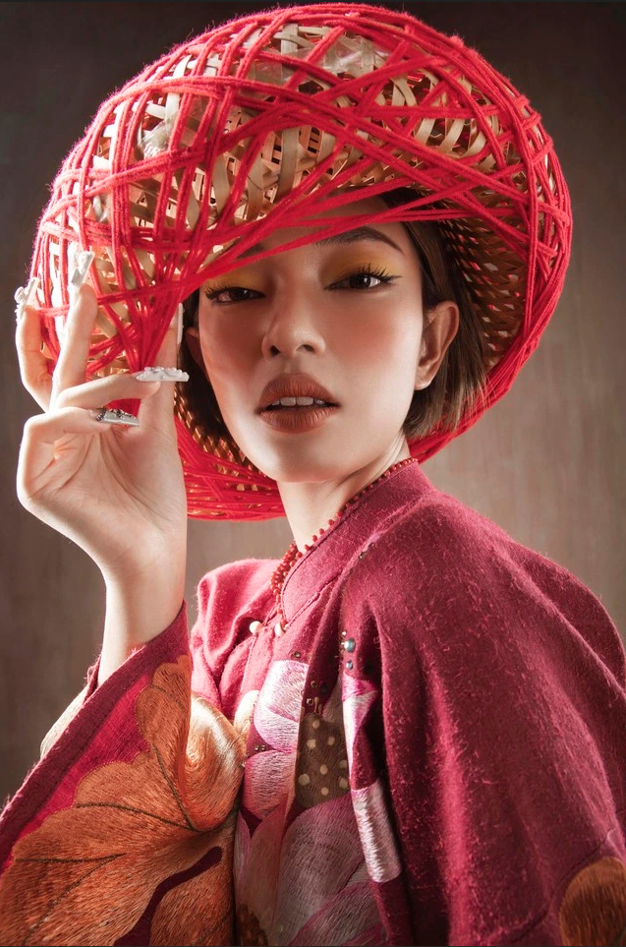
Model Chau Bui wears a pineapple silk ao dai from the Binh Minh collection by designer Vu Viet Ha
Photo: NVCC
At the end of June, pineapple fiber fabric - a pure Vietnamese garment material was officially launched under the name Pina Lina, and is the first fiber fabric made from indigenous raw materials in Vietnam to be certified to reduce CO2 emissions. The collaboration of 3 units Ecosoi, Faslink and Trung Quy has connected farmers, engineers and fashion designers. A large amount of pineapple leaves are not burned, contributing to reducing CO2 emissions; the process of making pineapple fabric does not consume additional resources but also brings additional income to farmers with about 60 million VND for each hectare of cultivation. This natural material also becomes a bridge to make farmers an important link in the green fashion industry and opens a new chapter of sustainable fashion in Vietnam.

Pineapple fabric costumes by designer Ngo Hoang Kha
Photo: NVCC
Putting Vietnamese materials on the world fashion map
Designer Pham Ngoc Anh was the first to introduce raw pineapple fabric into a collection presented in Switzerland in 2022, and then introduced it in Shark Tank season 5. Since then, she has continued to create many new collections from improved pineapple fabric versions and introduced them at Paris (France) and London (UK) fashion weeks in 2024.
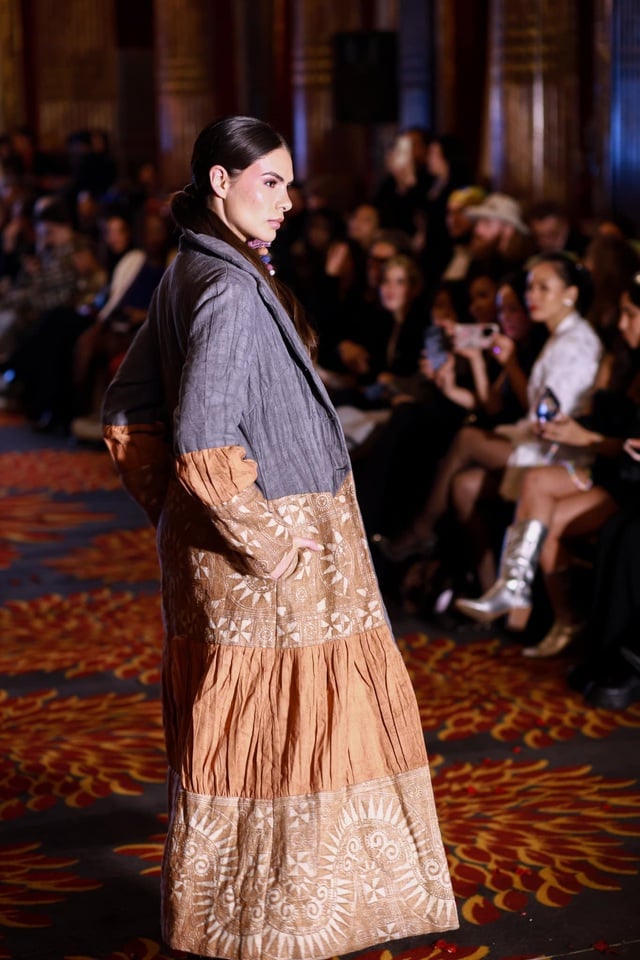
Pineapple fabric outfit by designer Ngo Hoang Kha performed at Elle fashion show
Photo: NVCC
Designer Vu Viet Ha is the one who introduced industrially produced pineapple fabric "version 1" into the Binh Minh collection, presented in Tokyo at the event celebrating the 50th anniversary of Vietnam - Japan diplomatic relations (2023). He used pineapple fabric woven with silk thread, hand-dyed, hand-embroidered on the 1930s ao dai shape with stylized details of flared sleeves, bringing a youthful and liberal look. Pineapple fabric has also become a favorite material of designers Ngo Hoang Kha, Thanh Giang, Linh Sau, LiLy Hoang...
The new generation of pineapple fabric is likened to Vietnamese linen when it brings a rustic, soft and airy feeling, suitable for tropical climates. The material has natural properties such as sun protection and deodorization, self-decomposition, stable shape retention and can be widely applied according to modern fashion trends. The collection +84 - Brother pineapple, sister fragrant introduced at the recent exhibition Mac thom provides specific examples of pineapple fabric fashion including shirts, trousers, blazers, sportswear, fabric bag accessories, hair ties, socks...

Designer Pham Ngoc Anh's designs on the international catwalk
Photo: NVCC
Ecosoi representative said that the unit has only exploited 30% of Vietnam’s pandan leaf output. If growth is good, the unit will continue to exploit fiber from large pineapple growing areas such as Dong Thap, Can Tho… and from neighboring countries such as Laos, Thailand, Cambodia…
Source: https://thanhnien.vn/tu-ruong-dong-den-san-dien-thoi-trang-185250729005738392.htm


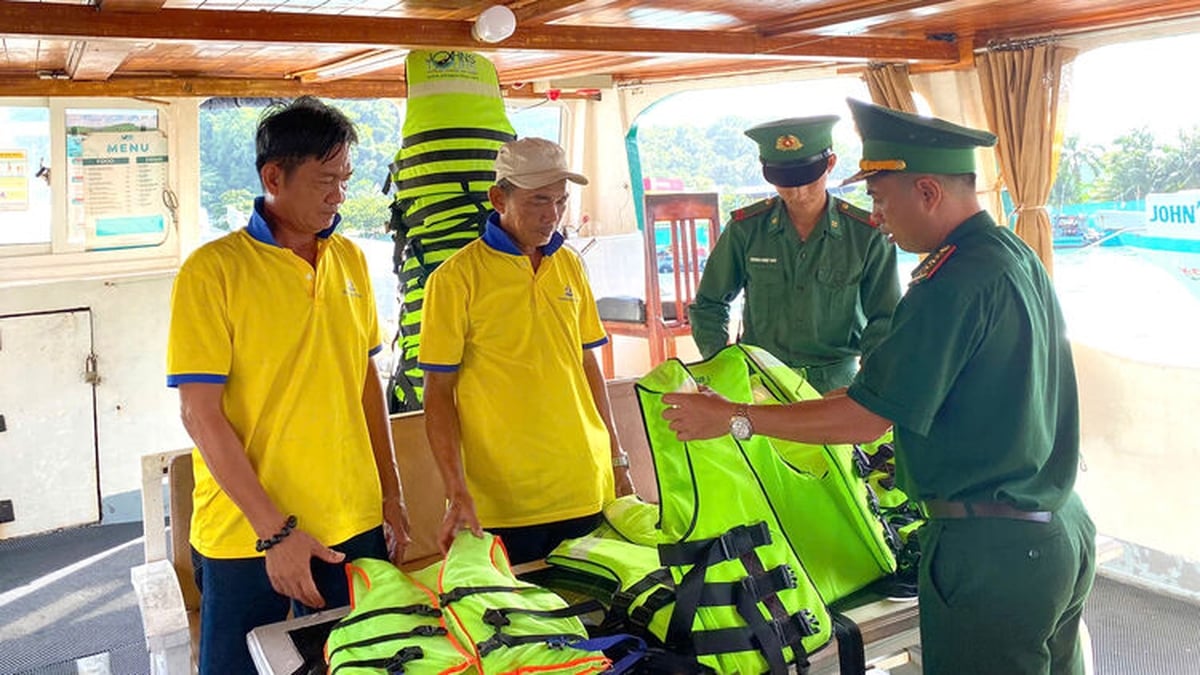
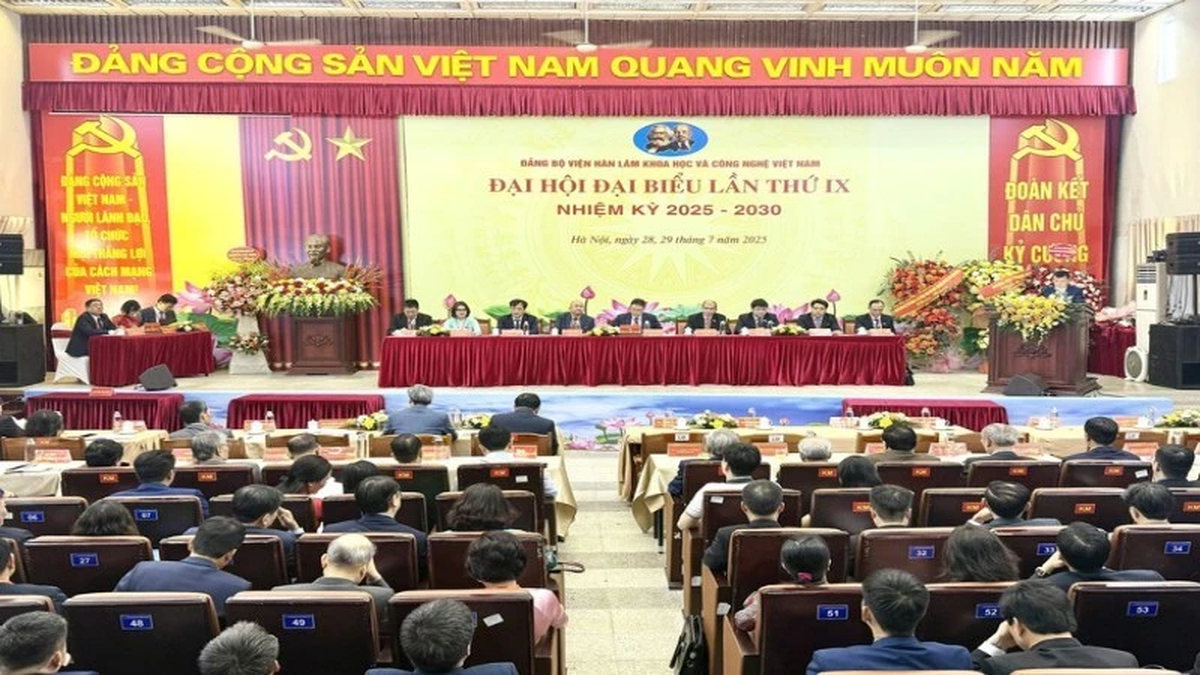
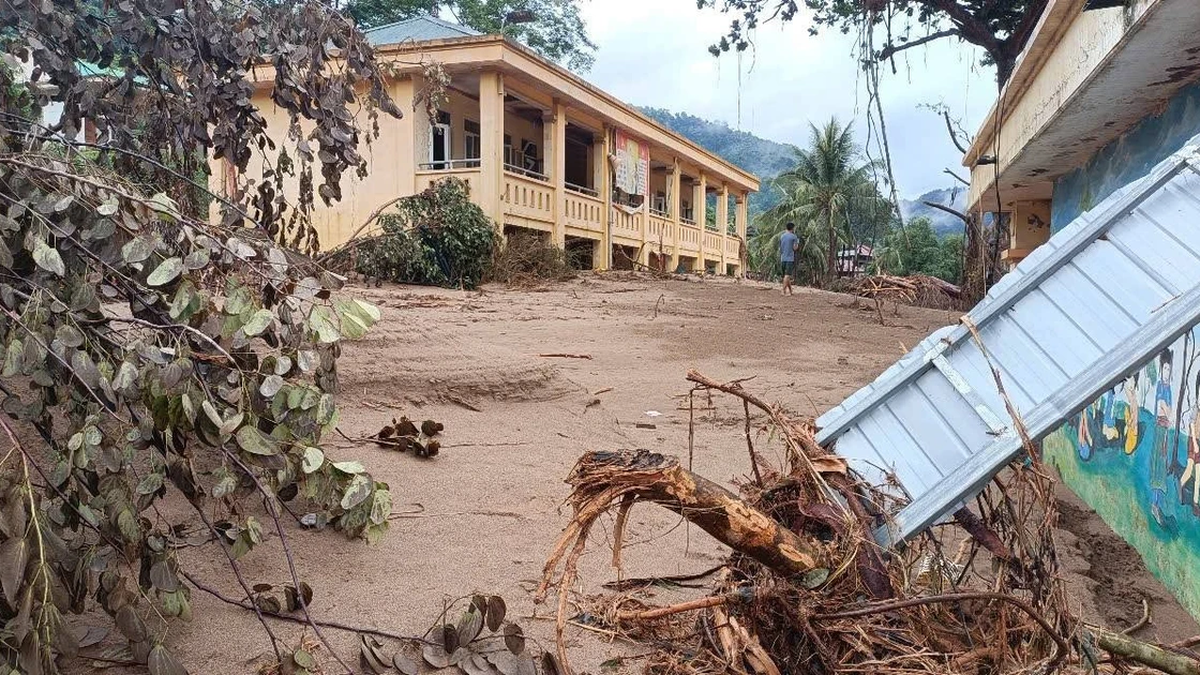
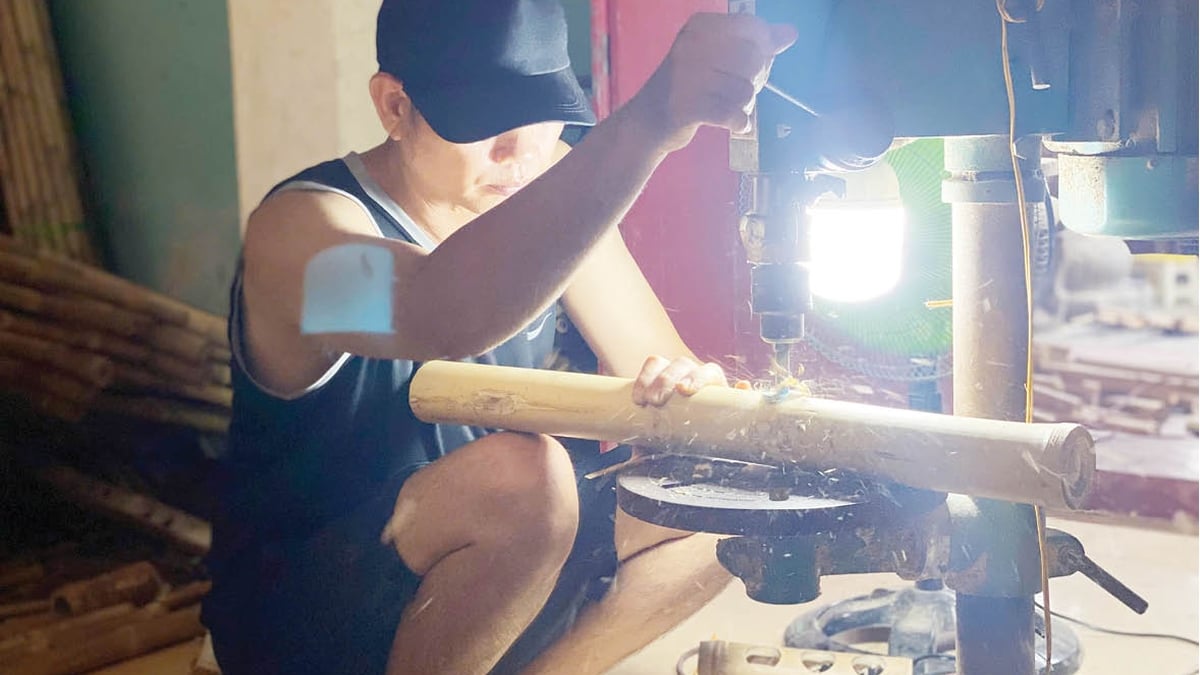
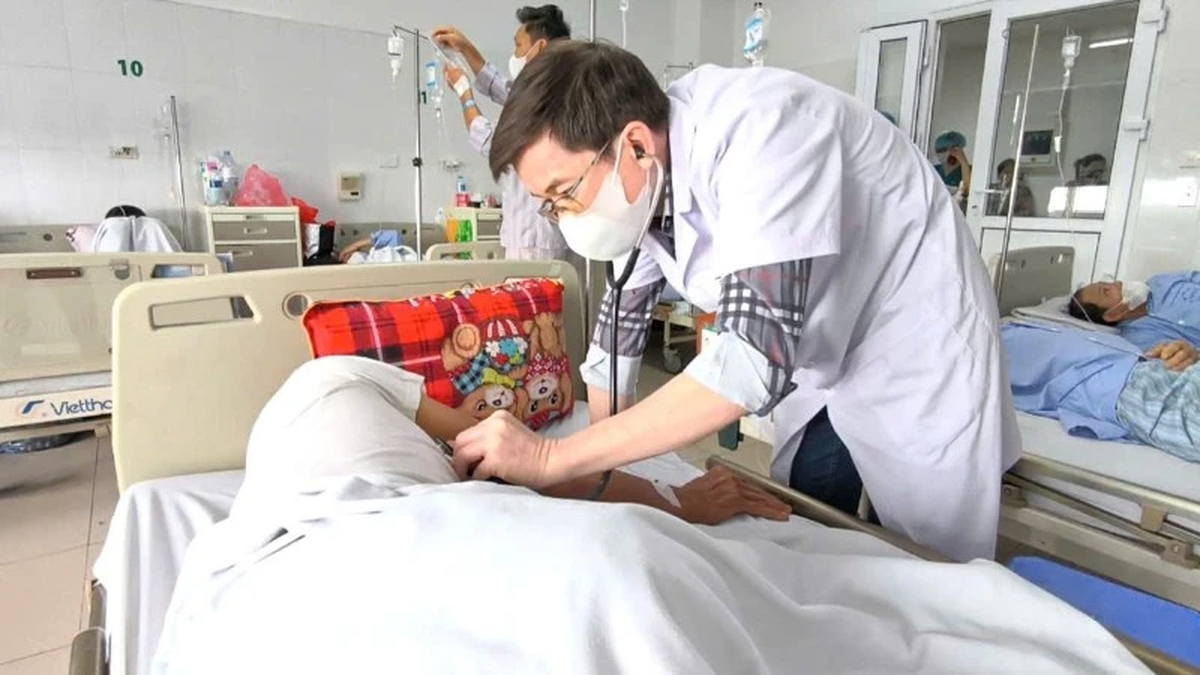
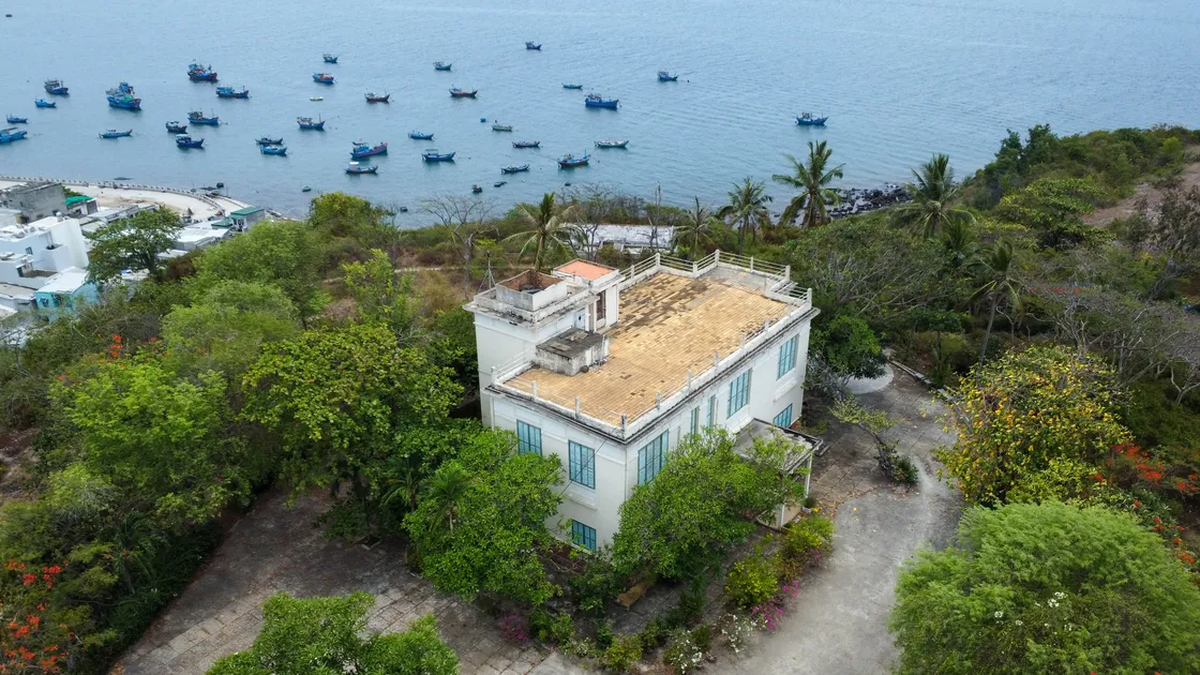

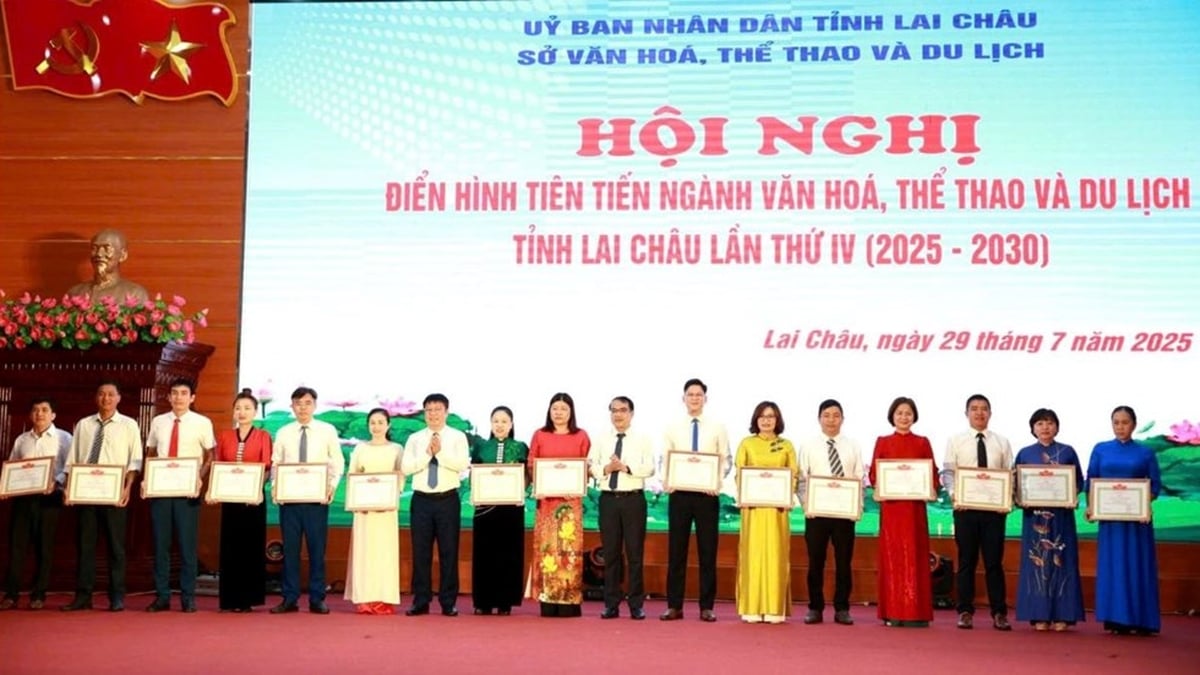
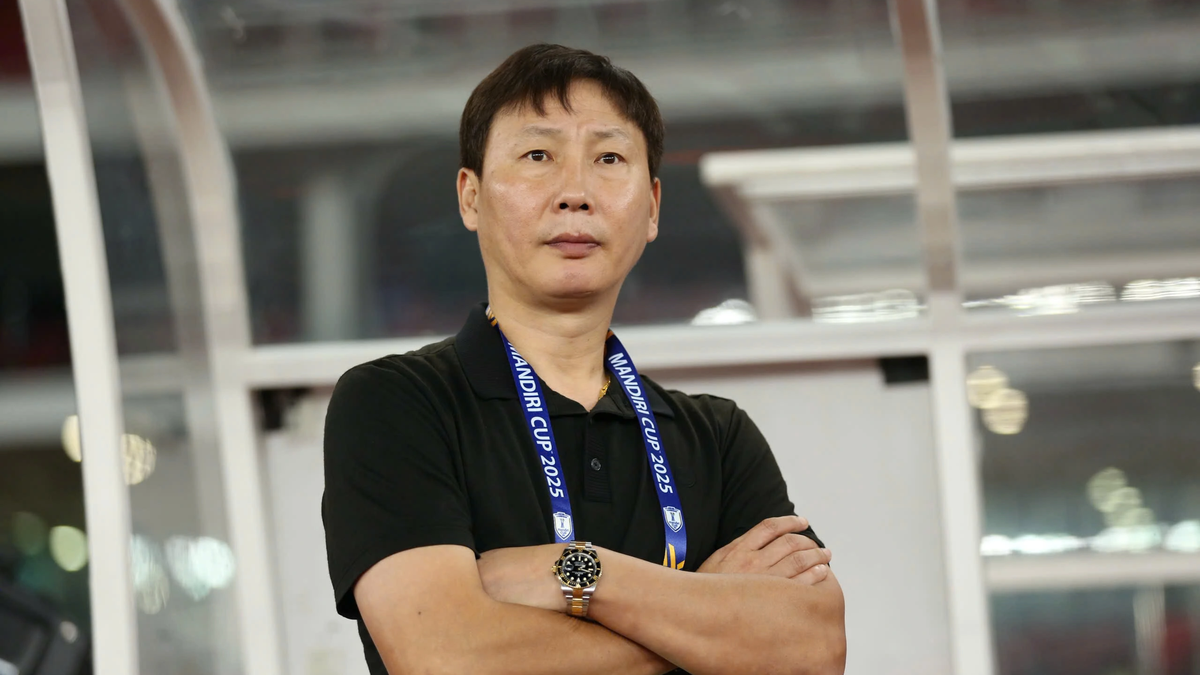












![[Photo] National Assembly Chairman attends the seminar "Building and operating an international financial center and recommendations for Vietnam"](https://vphoto.vietnam.vn/thumb/1200x675/vietnam/resource/IMAGE/2025/7/28/76393436936e457db31ec84433289f72)

























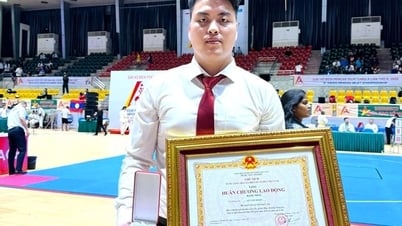

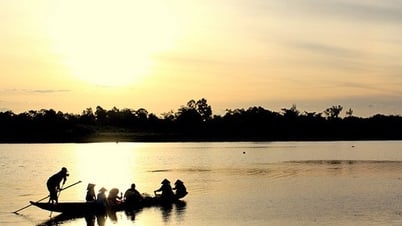








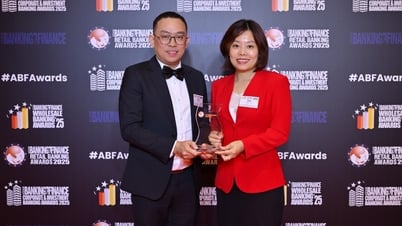
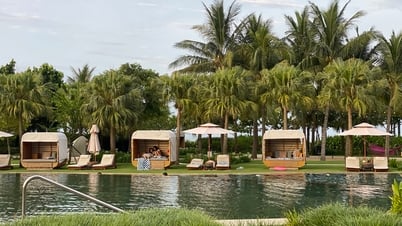
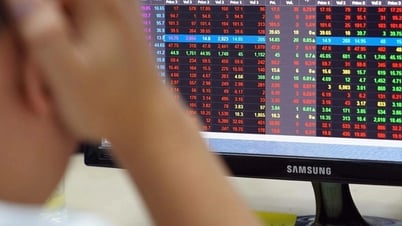
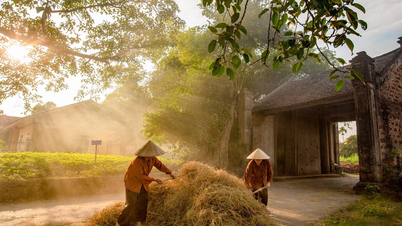

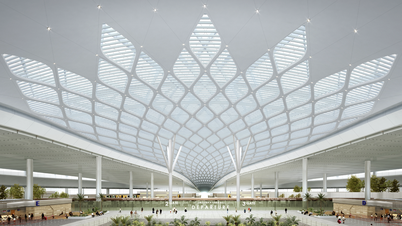

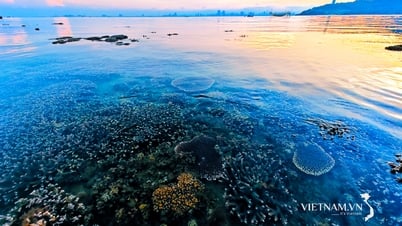


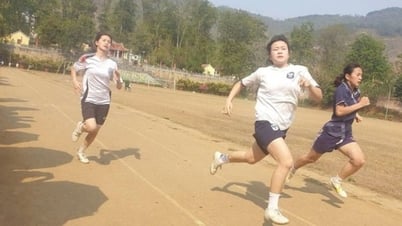


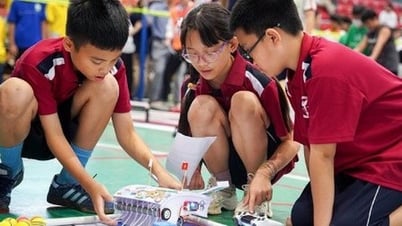

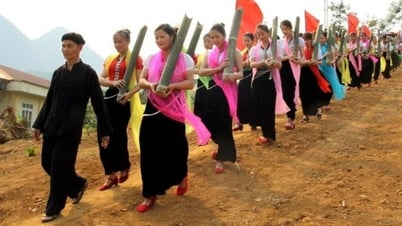
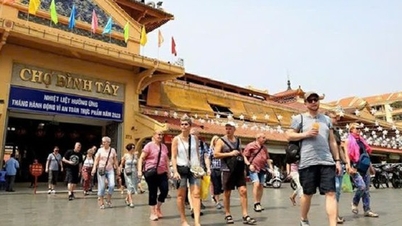



















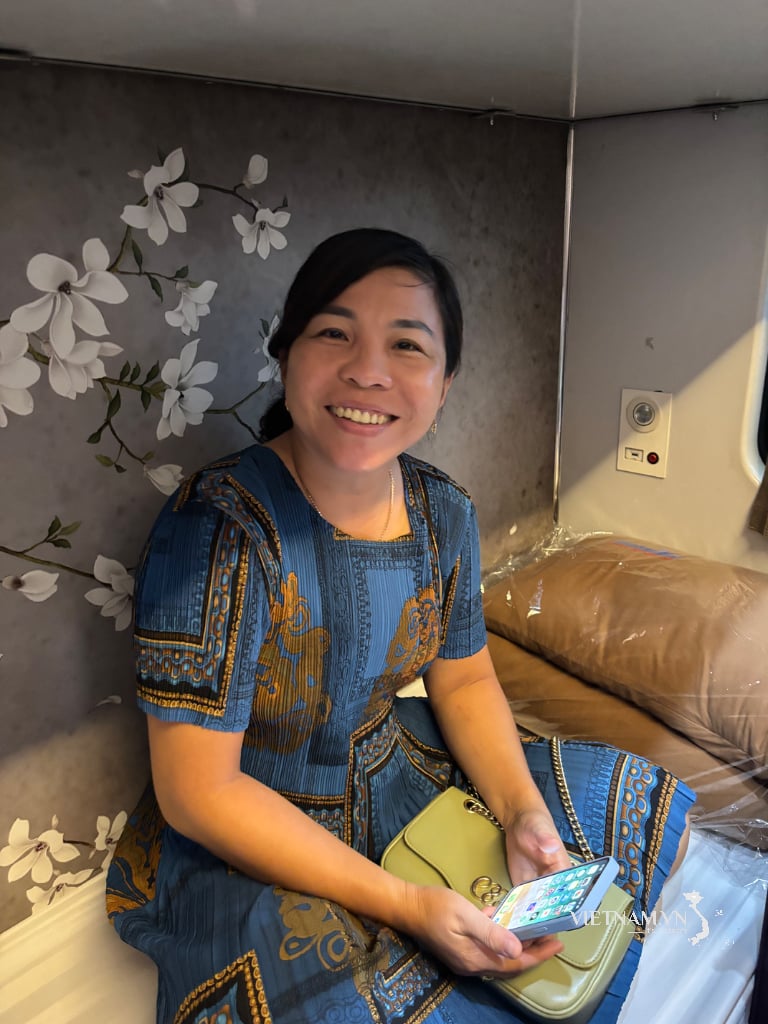

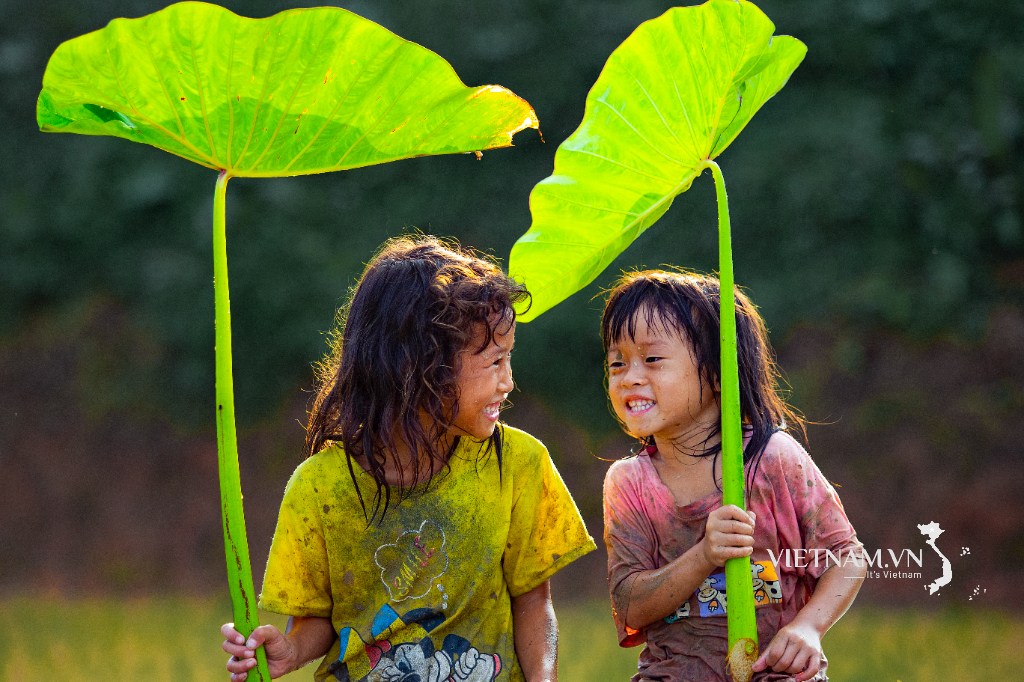
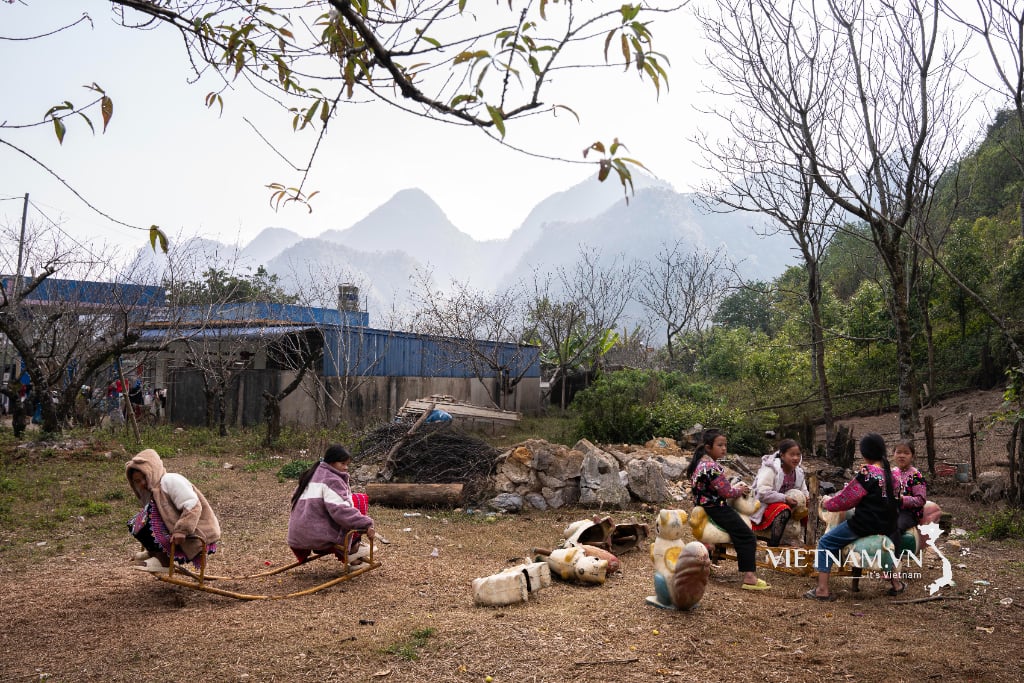
Comment (0)